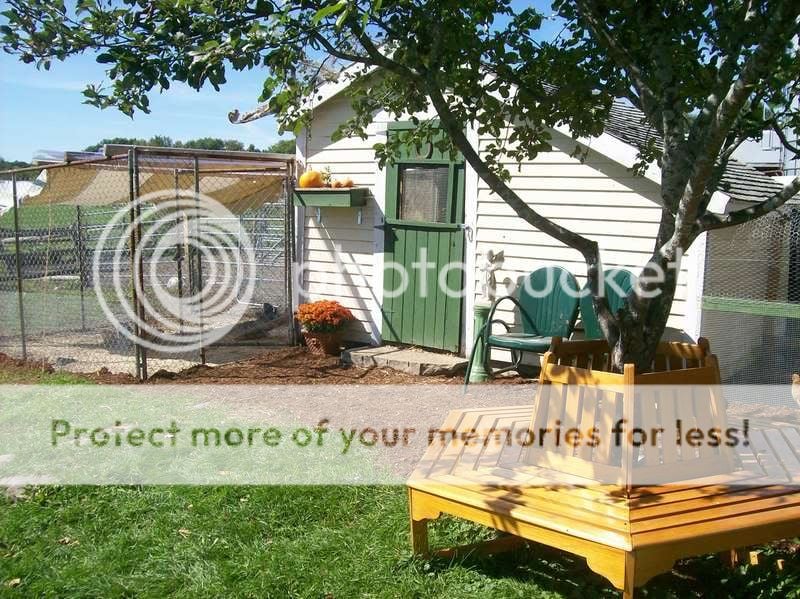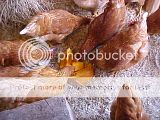For those of you who live in the artic tundra, what are you doing/have you done to keep your birds healthy and comfortable in the dead of the winter. The coldest 3 months might not be above 0 degrees, with many nights getting down into the negatives, as far down as 35 below. Add the windchill and it is dang cold.
Do you use some type of heater? Do your larger comb roos have frostbite? Do you use heated waterers of some type? What do you feed them in addition to their normal food.
We will have about 40-50 birds in a 12 by 18 coop. I have done some insulating, esp on the north and northwest ends. I am planning on extra shavings for added insulation.
I love winter, but sometimes the windchill is just ridiculous.....

Do you use some type of heater? Do your larger comb roos have frostbite? Do you use heated waterers of some type? What do you feed them in addition to their normal food.
We will have about 40-50 birds in a 12 by 18 coop. I have done some insulating, esp on the north and northwest ends. I am planning on extra shavings for added insulation.
I love winter, but sometimes the windchill is just ridiculous.....










